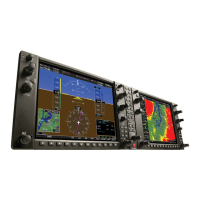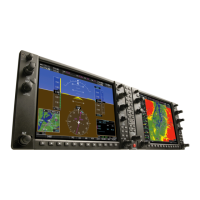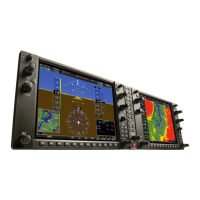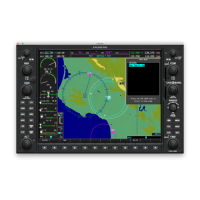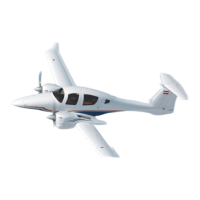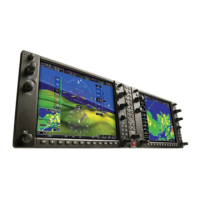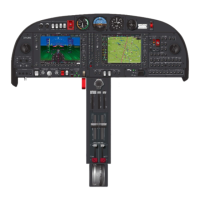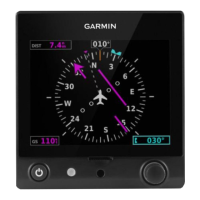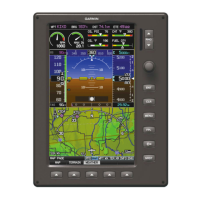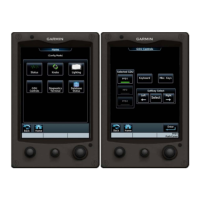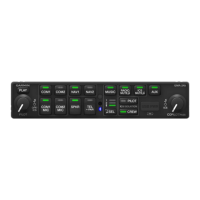190-00962-04 Rev. A
Garmin G1000 Pilot’s Guide for the Diamond DA42NG
439
HAZARD AVOIDANCE
SYSTEM
OVERVIEW
FLIGHT
INSTRUMENTS
EIS
AUDIO PANEL
& CNS
FLIGHT
MANAGEMENT
HAZARD
AVOIDANCE
AFCS
ADDITIONAL
FEATURES
APPENDICES INDEX
6.11 GARMIN GDL 88 ADS-B TRAFFIC
WARNING: Do not rely solely upon the display of traffic information for collision avoidance maneuvering.
The traffic display does not provide collision avoidance resolution advisories and does not under any
circumstances or conditions relieve the pilot’s responsibility to see and avoid other aircraft.
WARNING: Do not rely solely upon the display of traffic information to accurately depict all of the traffic
information within range of the aircraft. Due to lack of equipment, poor signal reception, and/or inaccurate
information from other aircraft, traffic may be present but not represented on the display.
The optional Garmin GDL 88 is a dual-link Universal Access Transceiver (UAT). It sends and receives
Automatic Dependent Surveillance-Broadcast (ADS-B) traffic information on the 978 MHz UAT frequency. It
also receives data link weather information on the UAT frequency. As a dual-link transceiver, the GDL 88 also
receives ADS-B traffic information with its 1090 MHz Extended Squitter (1090 ES) receiver. The system provides
visual annunciations and voice traffic alerts to help the pilot visually acquire potentially conflicting traffic. This
discussion covers the traffic features of the GDL 88; refer to the Flight Information Service-Broadcast (FIS-B)
Weather discussion for more information about the UAT data link weather features of the GDL 88.
ADS-B SYSTEM OVERVIEW
ADS-B is a core technology in the FAA NextGen air traffic control system. It includes air-to-air, air-to-ground,
and ground-to-air transmission of aircraft position and velocity data to provide pilots and controllers with a
more comprehensive view air traffic to improve flight safety and efficiency.
ADS-B relies on the automatic broadcast of position reports by aircraft, surface vehicles, and transmitters on
fixed objects. These broadcasts contain information such as GPS position, identity (Flight ID, Call Sign, Tail
Number, ICAO registration number, etc), ground track, ground speed, pressure altitude, and emergency status.
18,000 FT
10,000 FT
GPS
RADAR
ATC
1090 ES
UAT
RADAR
Composite
ADS-B
Ground
Station
Mode A/C
1090 ES
1090 ES
UAT
UAT
UAT
Figure 6-192 ADS-B System
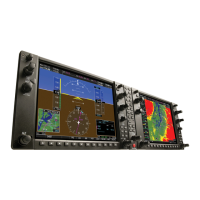
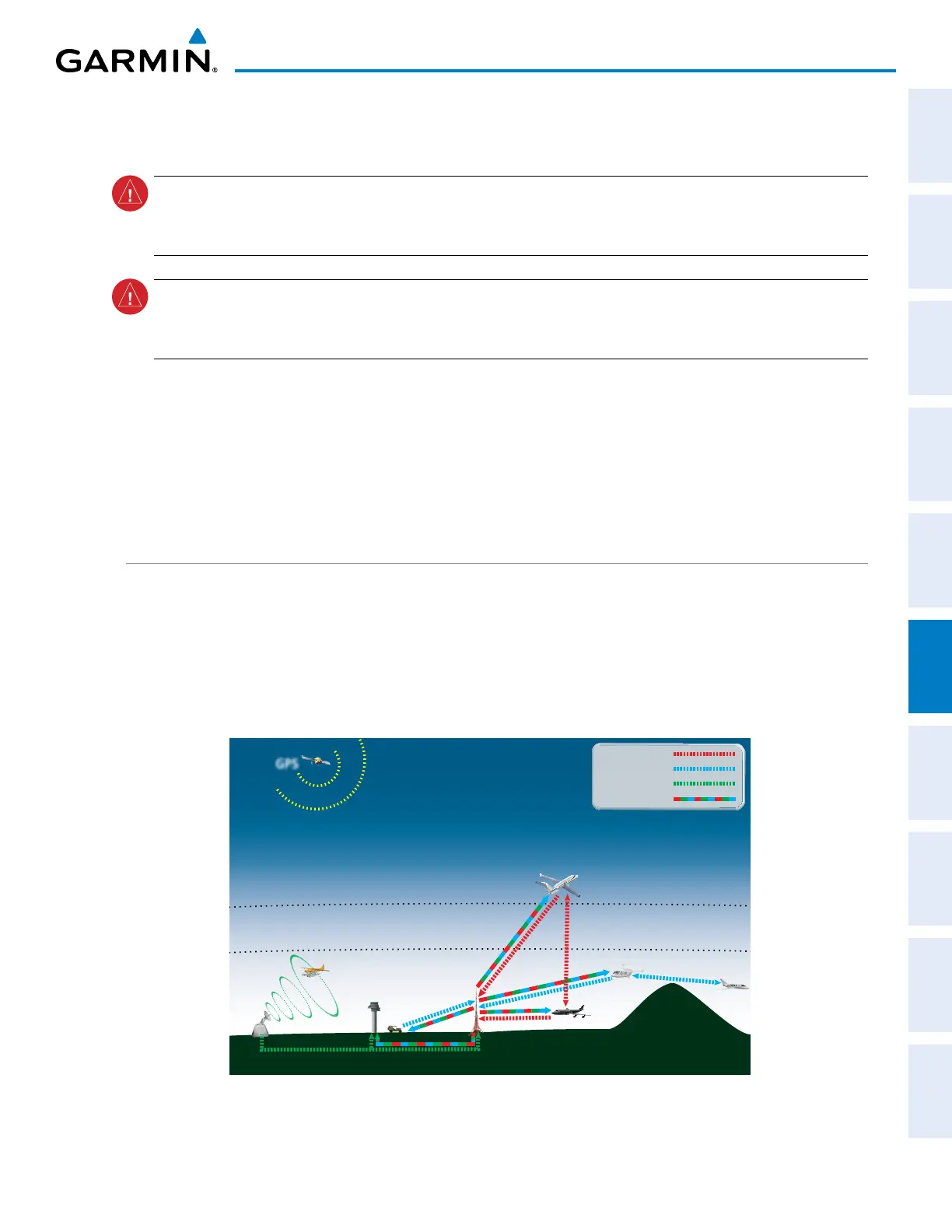